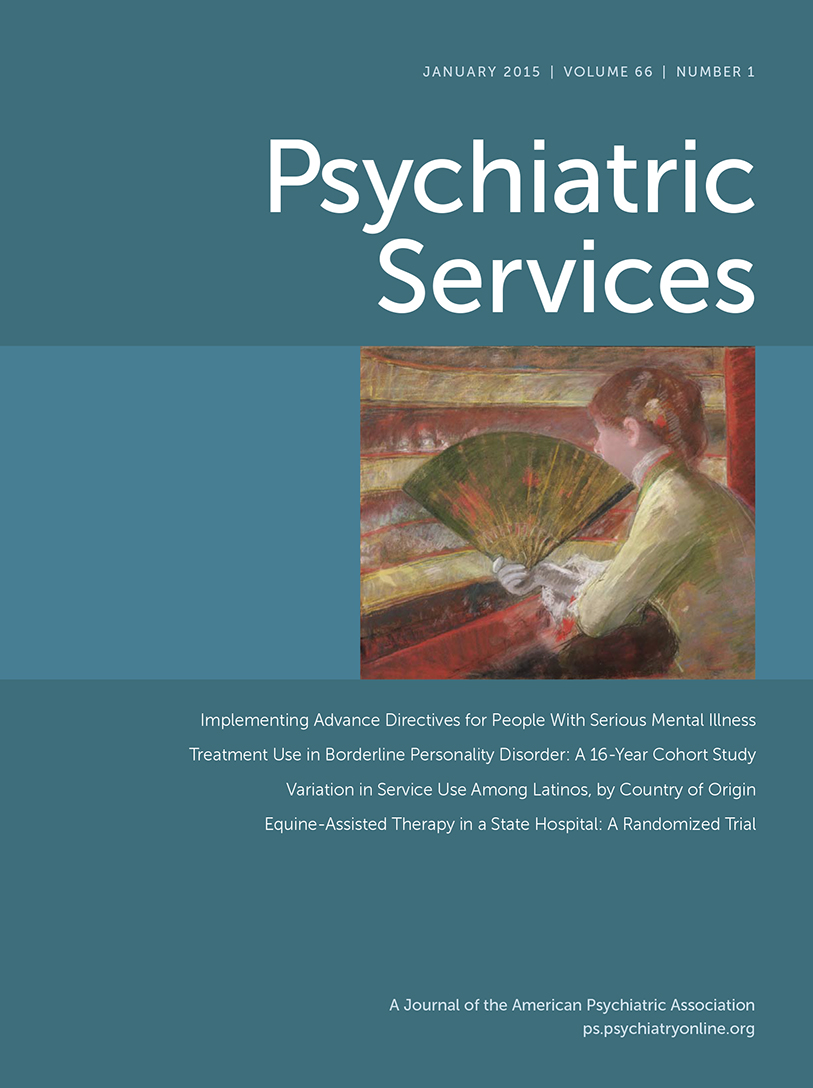Increasing Tobacco Dependence Treatment Through Continuing Education Training for Behavioral Health Professionals
Abstract
Objective:
Few continuing education programs to train behavioral health professionals to deliver tobacco treatment services have been described and evaluated.
Methods:
The effectiveness of two-day training on changing practice was examined by review of clinical charts from 20 clinicians who attended in 2012. Ten medical records were randomly selected for review from each clinician’s outpatient practice at a large behavioral health system. Five charts from smokers seen within six months before and after training were reviewed per clinician, for a total of 200. Records were electronically searched on “cigarette,” “nicotine,” “tobacco,” “quit,” “smoking,” and “smoke.” Results were compared via chi square tests (all p<.05).
Results:
Almost half of the smokers indicated that they were interested in quitting, although baseline rates of tobacco use treatment were very low. Documentation of tobacco use significantly increased between baseline and posttraining, both on the problem list (35% versus 74%) and treatment plan (20% versus 60%). Also posttraining, clinicians advised significantly more outpatients to quit (9% versus 36%) or referred them to individual or group counseling. Discussion of nicotine replacement was documented more frequently in charts (10% versus 31%), and prescriptions for tobacco treatment medications increased significantly in the posttraining period, although overall prescribing remained low. The proportion of patients making quit attempts also significantly increased in the posttraining period (10% versus 39%), suggesting that providers were delivering more tobacco treatment than was reflected in charts.
Conclusions:
An intensive training program for behavioral health professionals increased tobacco treatment and patient quit attempts. Strategies beyond training may be needed to enhance prescribing by these practitioners.



